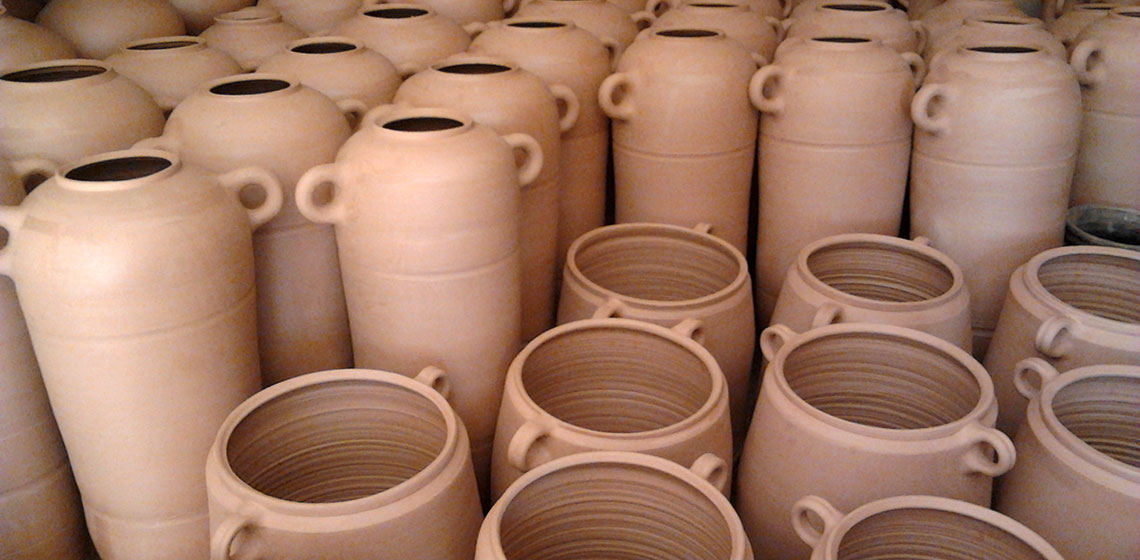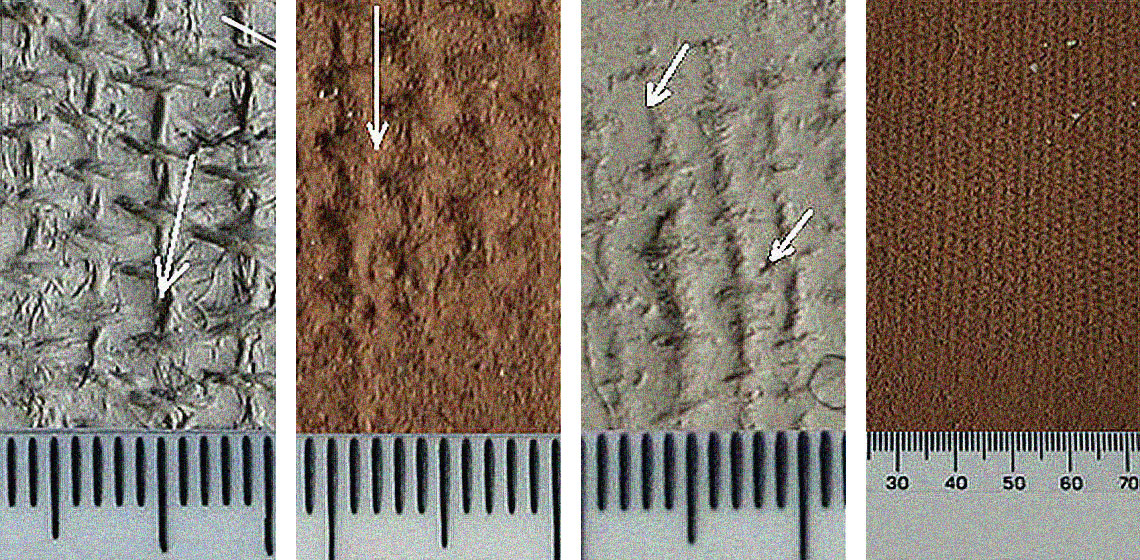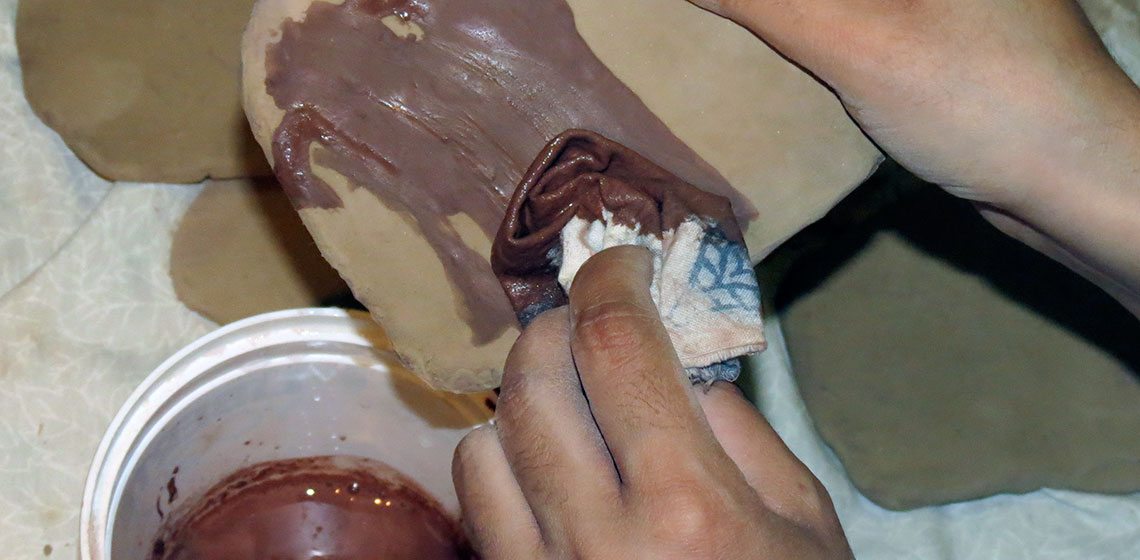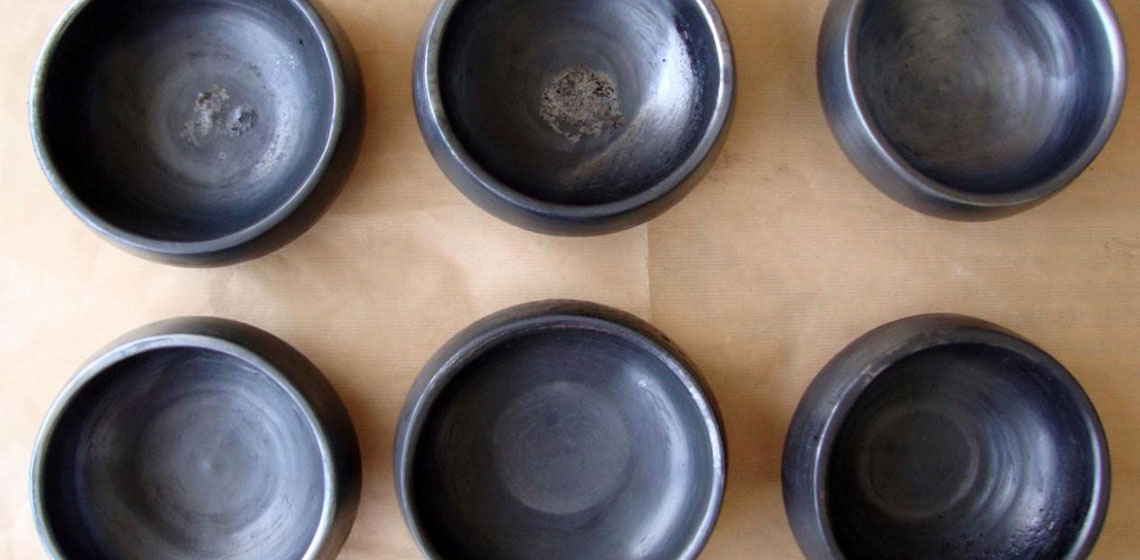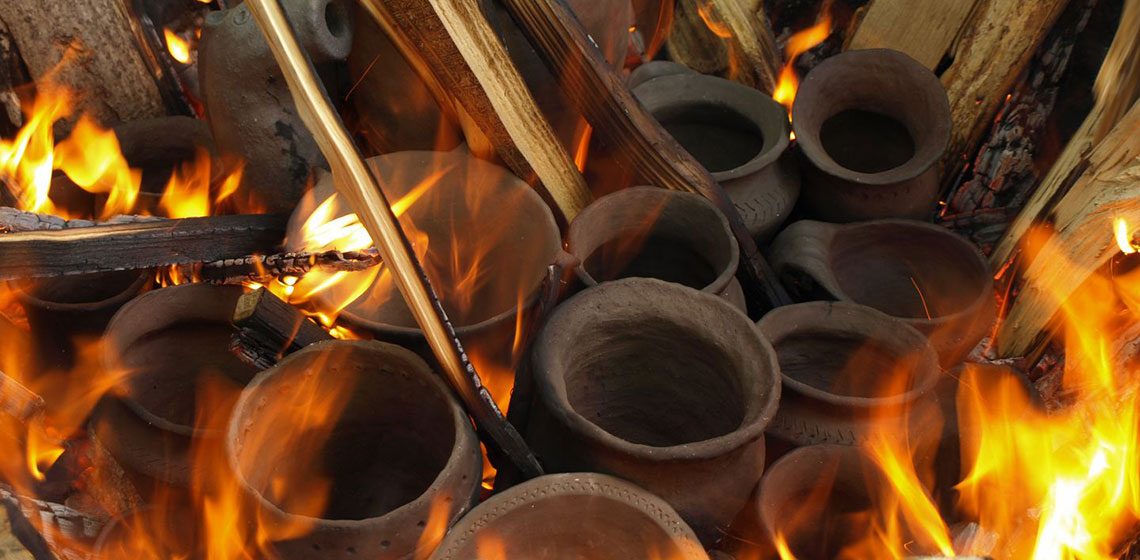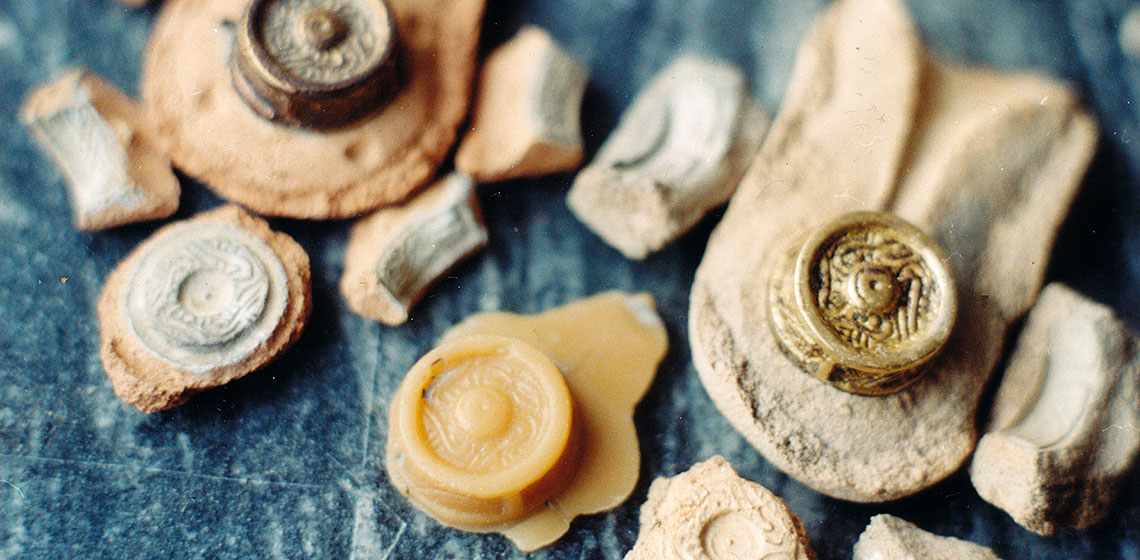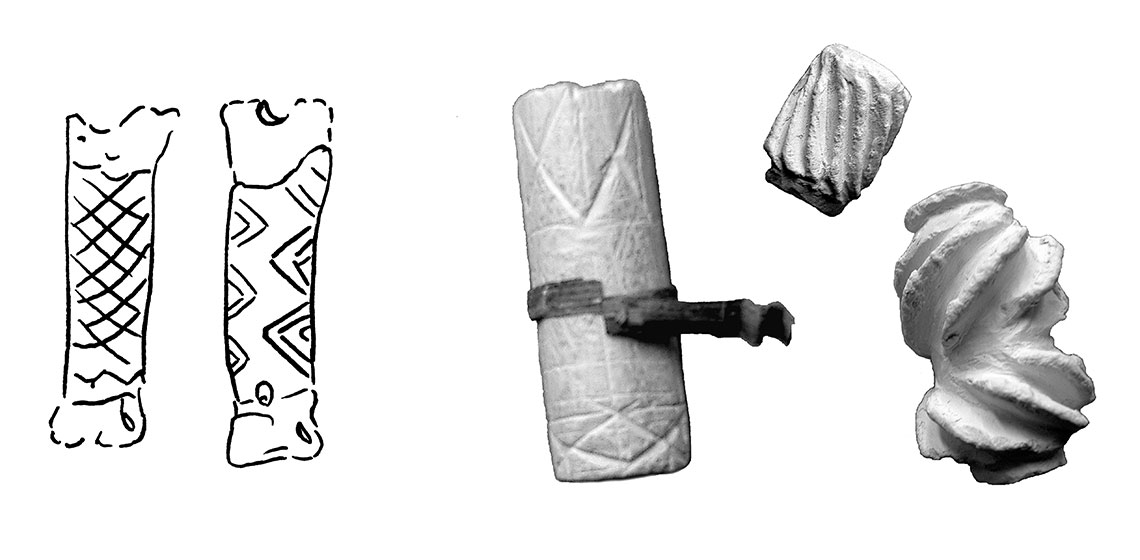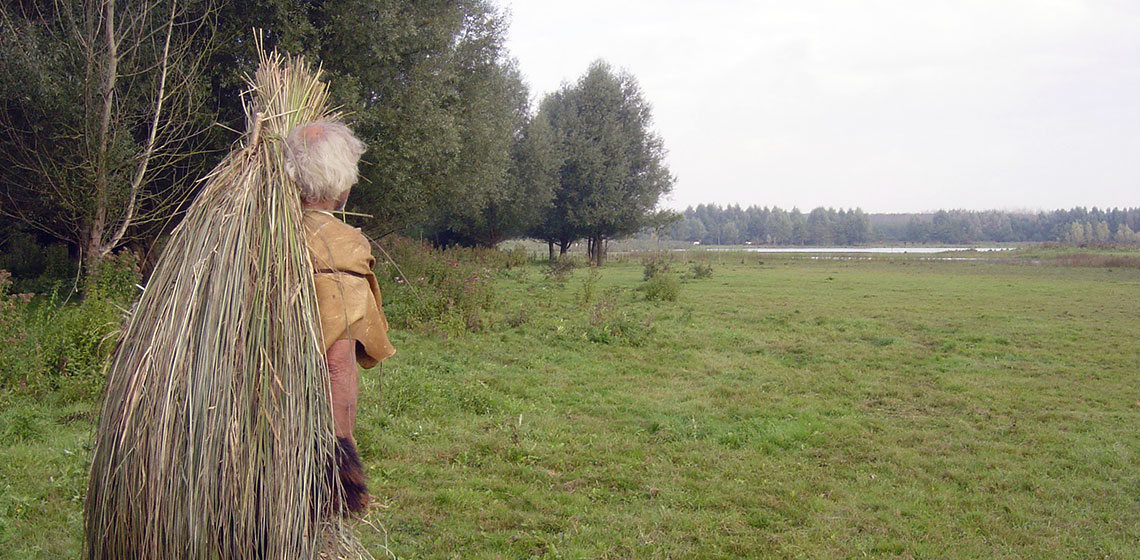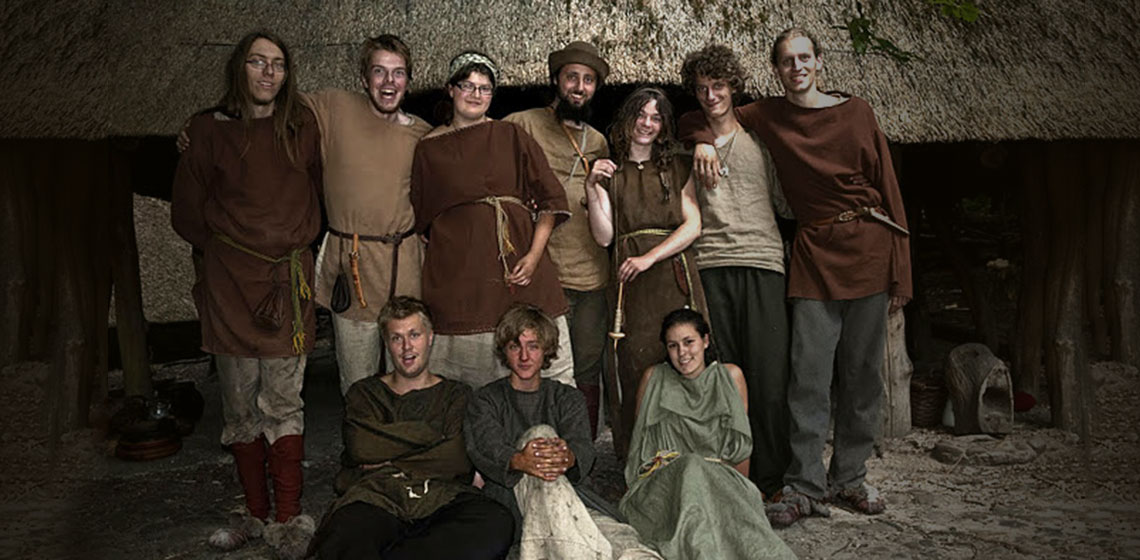ceramics
The Iron Age Iberian Experimental Pottery Kiln of Verdú, Catalonia, Spain
Publication Date
The goal of this project is to reconstruct the operational sequence of manufacture of Iberian Iron Age pottery, from clay procurement to firing in a reconstructed kiln. Although pottery is the most characteristic artefact recovered on Iberian Iron Age excavations, most of its complex processes and production techniques remain poorly known...
An Experimental Comparison of Impressions Made from Replicated Neolithic Linen and Bronze Age Woolen Textiles on Pottery
Publication Date
Textile impressions on pottery provide evidence for fabrics and weaves in areas where the fabrics themselves do not survive. This article argues that the impressions can provide information on the uses of different fibres, the weaving technologies and possible trading or agricultural advances connected with these fibres...
An Experimental Approach to Studying the Technology of Pottery Decoration
Publication Date
8th UK EA Conference Oxford 2014
***The early Middle Chalcolithic pottery tradition of Seh Gabi Tepe in Iran is called Dalma tradition. Among the different types of Dalma pottery, I have focused on monochrome painted ceramics, to investigate, by means of experimental analysis, how their decoration technology was undertaken...
***The early Middle Chalcolithic pottery tradition of Seh Gabi Tepe in Iran is called Dalma tradition. Among the different types of Dalma pottery, I have focused on monochrome painted ceramics, to investigate, by means of experimental analysis, how their decoration technology was undertaken...
Technical Elements for Etruscan-Padan Kilns Firing and Female Labour Connected to These Tools
Publication Date
This article presents work connected to the GestiRitrovati project, the association that performs archaeological experiments at the Forcello Archaeological Park (Mn). The aim is to recover archaic customs of Etruscan-Padan pottery production...
Results of a Discussion on the State of Experimental Archaeology in Switzerland
Publication Date
On 27 March 2010, the board of the Working Group on Experimental Archaeology in Switzerland (AEAS-GAES) invited a panel of experts to hold a public debate in Olten on whether the incentives that had existed at the time still played their part, how they were now constituted and what the future perspectives were...
Scandinavian Iron Age and Early Medieval Ceramic Moulds - Lost Wax or Not or Both?
Publication Date
1999 Wilhelminaoord Workshop
***Since the 1940s we have had a discussion in Scandinavia concerning ancient mould-making methods. The question of different methods in the production of ceramic moulds has taken a large part in these discussions; by lost wax or by direct matrix-methods...
***Since the 1940s we have had a discussion in Scandinavia concerning ancient mould-making methods. The question of different methods in the production of ceramic moulds has taken a large part in these discussions; by lost wax or by direct matrix-methods...
Probable Measure Estimating Tool Employed by the Aeneolithic Potters
Publication Date
The article proposes that an item, ornamented with a geometric pattern with inscribed diagonal cross and attributed to the Afanasievo culture (Aeneolithic, South Siberia), represents a primitive tool reflecting practical knowledge of basic geometry by the ancient potters. The article suggests an experimental reconstruction method for crafting the proposed instrument, and...
Interview: Hans Horreus de Haas
Publication Date
December 2010, Hans de Haas turned 75 and this seemed a fitting occasion for an in depth interview with this Nestor of Dutch living prehistory and experimental archaeology...
WEA’s Latest Life Experiment
Publication Date
The WEA, Society for Experimental Archaeology, is a sub-society of the NJBG, the Dutch Historical Youth Association. It is formed by youngsters aged 12 to 26 who enjoy participating in several aspects of living history. WEA offers them a chance to learn about history, set up their own archaeological experiments, and the opportunity to participate in living history for example by learning a...

